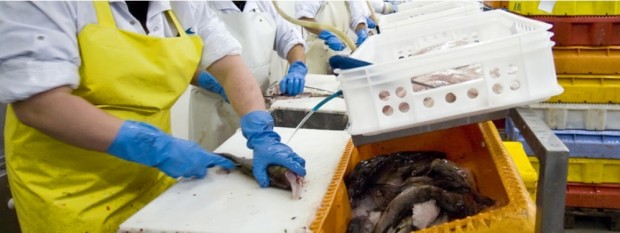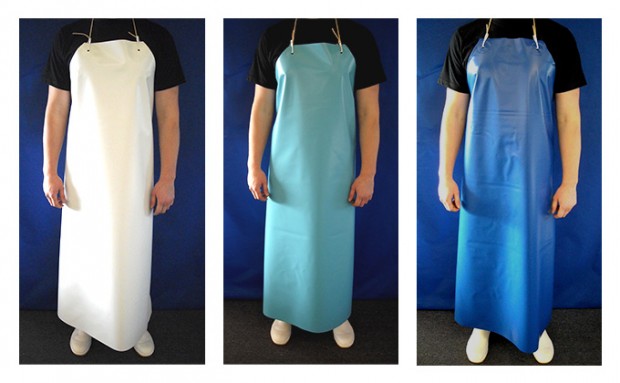
Aprons provide great work wear protective clothing option for food processing, industrial and health care industries. They assist businesses in maintaining safe and healthy environment by providing excellent protection against cross contamination of processed food from raw food. Significance of correct protective wear equipment’s should not be overlooked. Workers are highly prone to foreign body contamination (Damaged hairs and skin scales) and microbial contamination. It is therefore essential that workers working in food processing and related industries are aware of this risk and equip themselves with appropriate clothing in the food processing area.
PVC and Thermoplastic Polyurethane are thermoplastic materials that can be casted into various shapes including reinforced and tubing hose. Both materials have ample applications, but, depending on factors such as chemical compatibility, temperature and plasticizer used, one may outperform the other in a particular application. This blog examines each apron’s benefits and comparison on the basis of material used in making these aprons.
PVC (Polyvinyl Chloride)/Disposable Aprons
Although no plastic tubing apron can handle all applications, PVC (polyvinyl chloride) aprons has the ability to cover one of the widest ranges of applications single handedly. Characteristics of PVC aprons that are worth mentioning include chemical and corrosion resistance, excellent abrasion and wear resistance, visual contact with flow, outstanding flow characteristics and their rubber-like flexibility. These factors together when combined, make PVC attractive for various applications.

Some of the PVC’S disadvantages are that it’s strength and elasticity degrades over time. It may become less pliable and harden over time when certain fluids like acids and alkalies are passed through it. It contains hazardous chemicals like halogen, plasticizer, phthalates which may cause serious health issues. Flame retardant material although it gives smoke. It pollutes environment heavily as it emits dangerous gases along with corrosive acids.
Let’s see how TPU outperforms PVC in environmental aspects that may help inform your choice.
Thermoplastic Polyurethane (TPU) Aprons
Polyurethane, often abbreviated as TPU, PUR or PU; shows the best properties of rubber and plastic. It offers great stretch-ability like rubber and resistant to abrasion that’s superior to its counterparts like PVC. Polyurethane does not need additives to retain flexural properties and is naturally flexible. It offers great chemical resistance along with brilliant weathering characteristics which sets it apart from various other thermoplastics. Thermoplastic polyurethane (TPU) aprons are abrasion resistant, have high physical strength and elasticity. They are breathable and odourless, environmentally friendly, low temperature resistant and will not harden over time. It is also cut resistant than various other thermoplastics. TPU is generally more resistant to vacuum and pressure applications than PVC or rubber counterparts.

After going through detailed comparison of both the aprons, It can be clearly seen that TPU aprons provide safety for all kinds of food processing requirements, provide excellent resistance to grease and oil, washer and dryer safe, lasts longer than conventional PVC, light weighed and comfortable for long working hours. Most importantly TPU aprons are reusable, biodegradable, recyclable and extremely Eco-friendly making them the preferred choice when it comes to both commercials and longevity.
